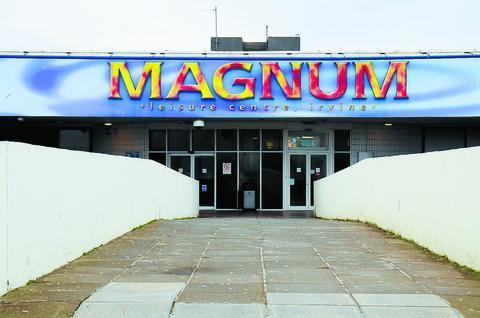I live in a small town called Viewpark, which is often categorised under Uddingston, in North Lanarkshire. It is made up of many housing schemes, mainly council and has many small towns surrounding such as Bothwell and Bellshill. I … Continue reading →
 I live in a small town called Viewpark, which is often categorised under Uddingston, in North Lanarkshire. It is made up of many housing schemes, mainly council and has many small towns surrounding such as Bothwell and Bellshill.
I live in a small town called Viewpark, which is often categorised under Uddingston, in North Lanarkshire. It is made up of many housing schemes, mainly council and has many small towns surrounding such as Bothwell and Bellshill.
I believe that there is a great sense of community in my town. There are many aspects which support and enhance the community such as the community centre which provides various leisure activities, the library, the health centre, the newly built care home, shops, restaurants and bars. There are also two primary school situated in the heart of my town and many other primary and secondary schools surrounding. In 2012, Viewpark saw the return of its Gala day for the first time since 1988 in which focuses on bringing everyone in the community together with many fun attractions such as a parade, funfair rides, bouncy castles, various stalls and entertainment. The focus youth project also provides a wide range of educational, recreational and outdoor learning programmes to the youth of my town.
In terms of transport there are various facilities, one being the well run bus services connecting the surrounding towns such as Bellshill, Motherwell and Hamilton. Despite Viewpark not actually having its own train station, there are two very popular stations extremely close which have trains running to both Glasgow and Edinburgh. Currently there are some developments being made to the motorways A8 and M74 surrounding my area, with many road closures and diversions which is causing a lot of traffic and confusion.
In my urban environment there are a few green spaces such as the glen, local parks and local football pitches. Viewpark Gardens is a horticultural centre that incorporates several types of gardens and glasshouse displays, among the features of the gardens are Japanese and Highland plants. This is a very popular venue for wedding photos also. However, North Lanarkshire Council recently launched an £250,000 garden allotments project, in Viewpark gardens, where people can grow their own fruit and veg.


Viewpark/Uddingston, as well as closely surrounding towns, provides a great deal of jobs from the local shops, restaurants/bars, doctors to factory work. Uddingston is home to the Tunnock’s factory, famous for its caramel wafers and teacakes. The family-run business was founded in 1890 and is still based in the town today offering hundreds of jobs to the community. Also there are two large industrial estates, Bellshill and Tannochside, which also employ a lot of the community.

North Lanarkshire has a population density of 719 people per square km. (http://www.neighbourhood.statistics.gov.uk/HTMLDocs/dvc134_c/index.html )
My urban area has also got a low level of air pollution, I found this surprising considering it is quite industrial. (http://www.scottishairquality.co.uk/latest/?postcode=g71+5hf&postcode-submit.x=0&postcode-submit.y=0 )








